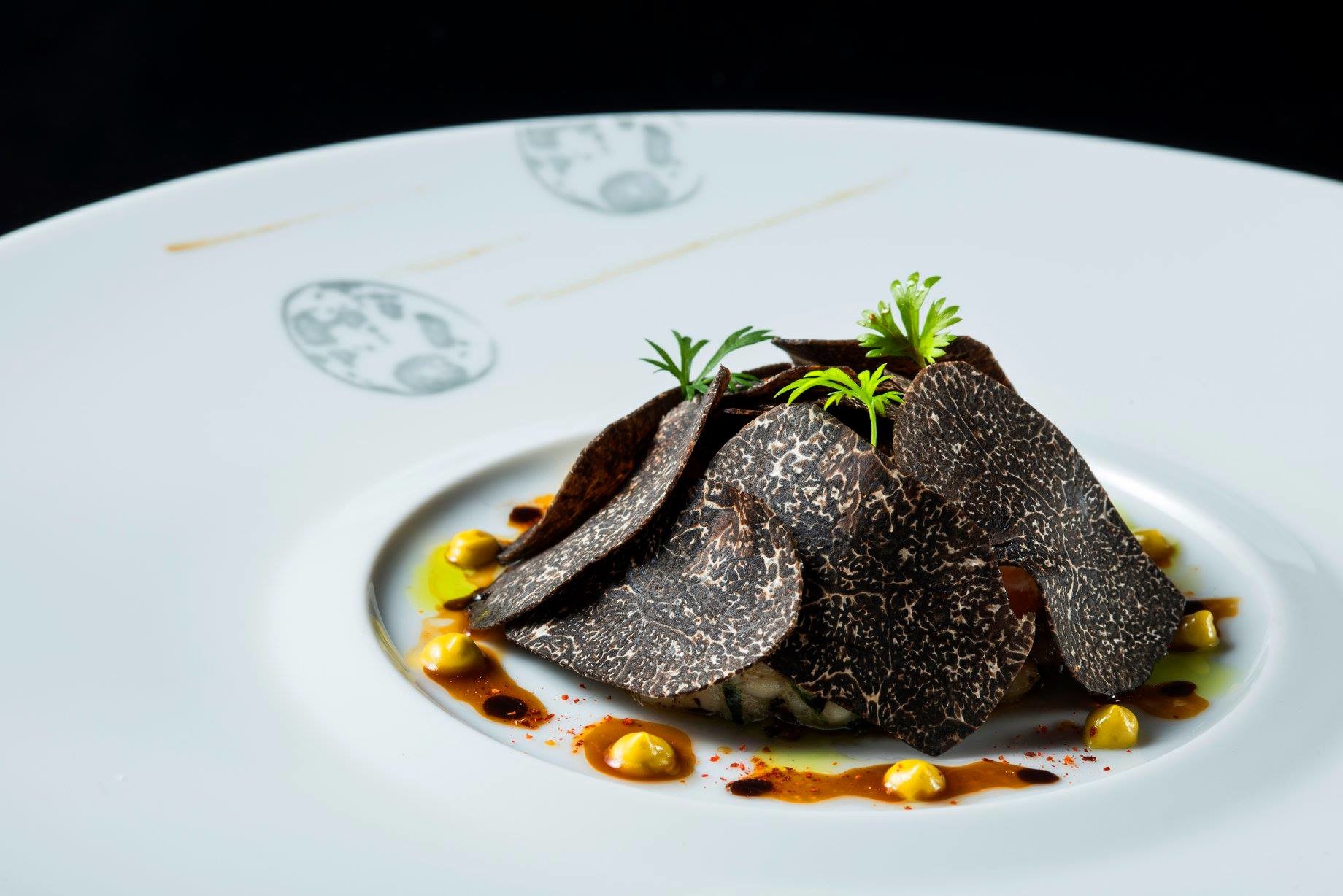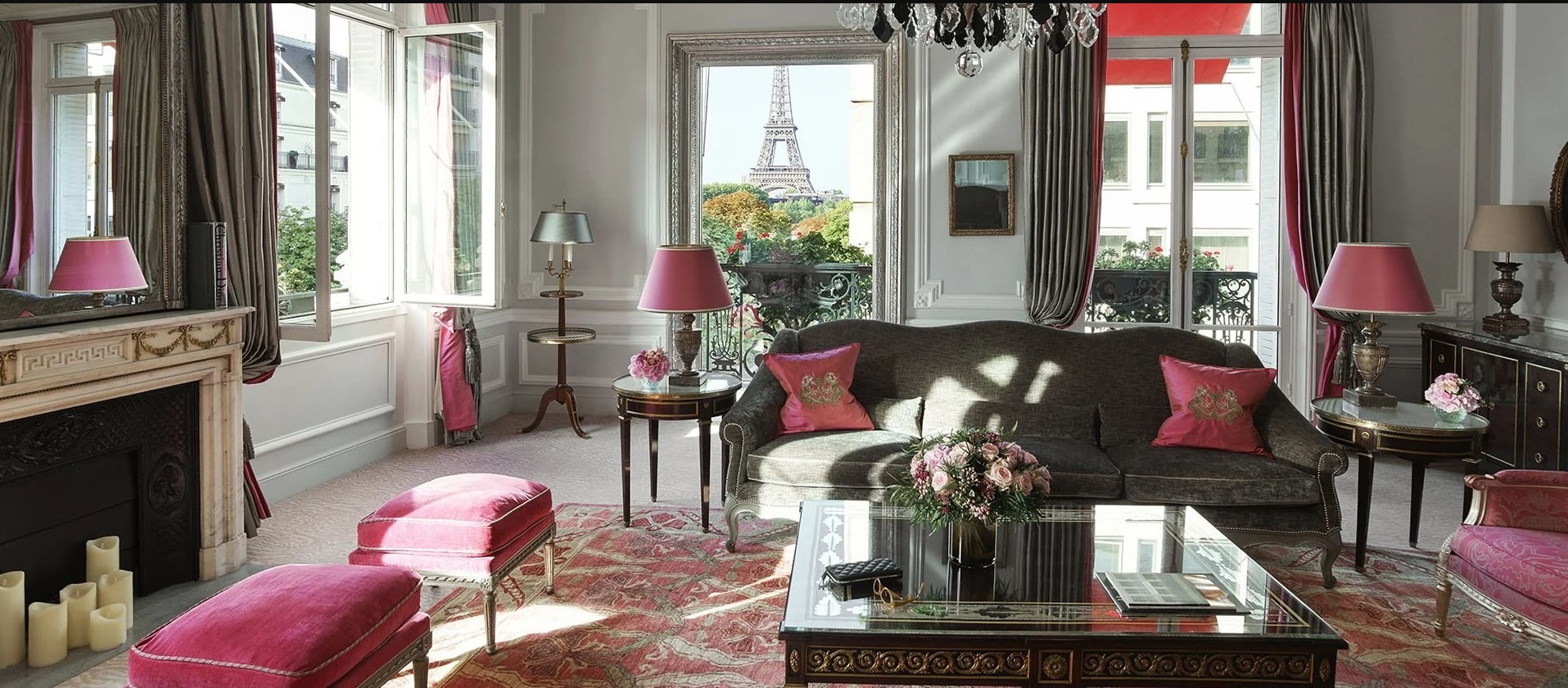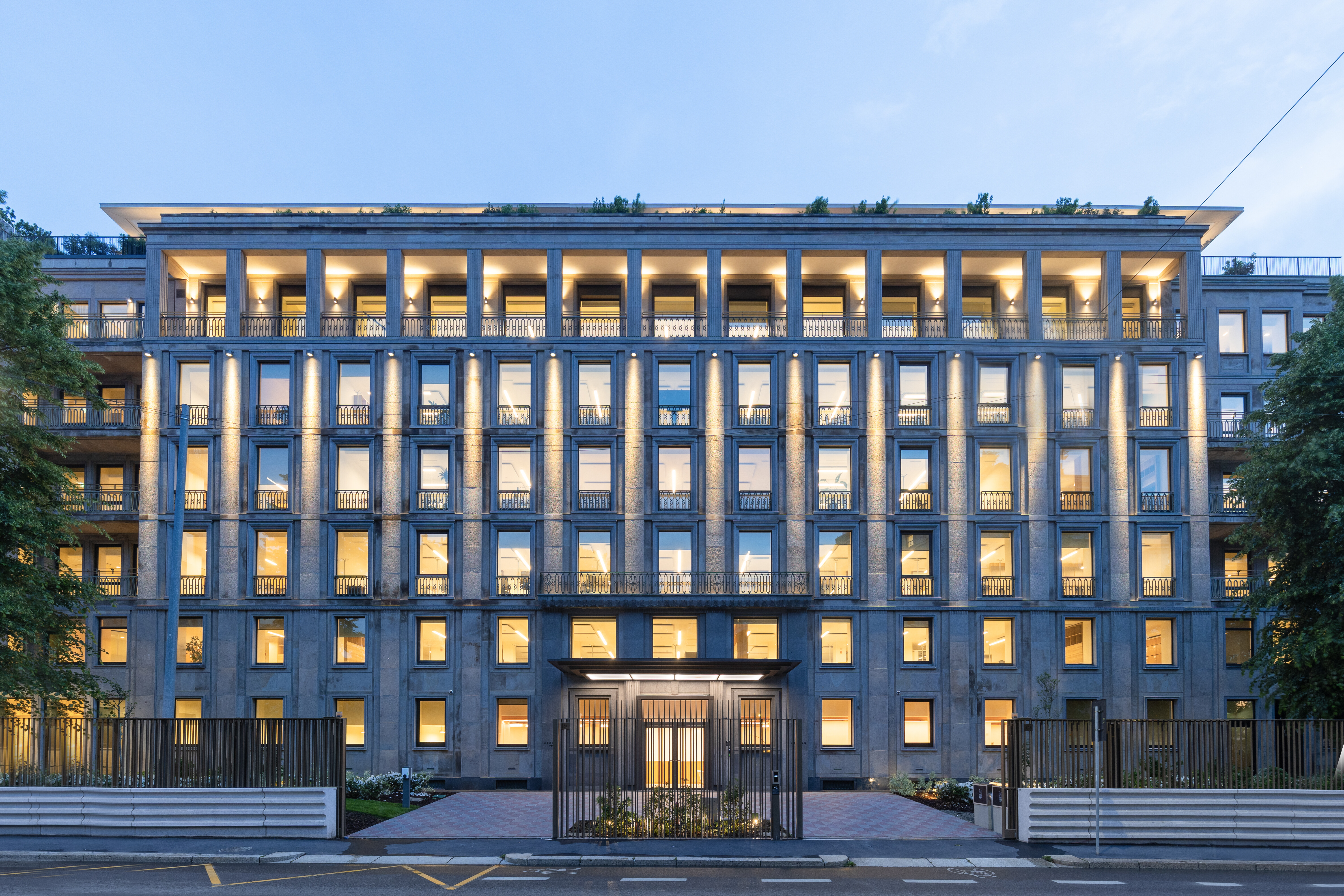As part of its development of prestige partnerships, Vendôm sets off to meet the new actors of our industry. The journal dedicated to gourmets and gastronomy, Fines Bouches Magazine and its founder Florence Dupin, are doing us the honour to allow, on our networks, the monthly publication of news stories about the products of exception typical of our regions.
The appellation “Périgord truffle” often makes the fame of black truffles and quite naturally drags consumers towards that region of Nouvelle-Aquitaine… but how do things really stand?
A GLIMPSE OF THE VARIETY
The “Périgord” appellation only applies to black truffles, whose scientific name is Tuber melanosporum, a variety also present in other areas, in particular in Nouvelle-Aquitaine, and considered as one of the best truffles, if not the best (though we do not forget our Italian friends’ white truffle!). If so, how come the name “Périgord truffle” prevailed to designate the Tuber melanosporum? All credit should go to the 19th-century périgourdins who had the insight to use truffles in their regional cuisine and added the words “Périgueux”, “Périgord”, “périgourdine”… to the products or recipes containing this variety. The name became naturally associated to the black truffle, or Tuber melanosporum!
TRUFFLES ON THE MENU
Known and appreciated since ancient times, truffles were claimed by the Greeks and the Romans to have therapeutic and aphrodisiac virtues, the latter still being allocated to them…
In the Middle Ages, truffles fell into oblivion, accused of being the manifestation of the devil. Their popularity increased again during the Renaissance. François 1st, born in Cognac in Charente, enjoyed truffles very much, justifying his excesses by the virtues his doctor attributed to the fungus. After a new period of forgetfulness, truffles returned in force under Louis XIV. Consequently, their reign did nothing but get stronger.
19TH-CENTURY TRUFFLES IN CHARENTE AND NOUVELLE-AQUITAINE
At the beginning of the 19th century, truffle trade was very active in Charente, particularly in Angoulême and Barbezieux, the latter renowned for its famous and very appreciated truffled turkeys, concocted by Brillat-Savarin, who nicknamed truffles the “black diamonds” of the kitchen.
In addition to Angoulême and Barbezieux, the truffle markets of Ruffec and Montbron were at their peak. However, though truffle fields were planted at that time in Charente, the mastering of farming techniques was rather vague and empirical.
In the 19th century, the total national production represented approximately 1,500 tons of truffles each year and the Charente was ranked 4th on the national scale (Dordogne ranked number one) with more than 50 tons… today, the per annum production is close to 40 tons!
The “Black diamonds” adorned the opulent tables of the Empire, regularly attended by Brillat-Savarin.
IN THE KITCHEN
Under the Empire, truffles were also commonly used to flavour foie gras terrines and pâtés, as well as chicken, game and capon pâtés. The Charente area was a large producer at that time.
Casanova, transiting through Angoulême on his way to Spain, left us a written testimony in his memories “History of my life” and stated that the pâtés de foie gras prepared by Noël delighted him: this renowned pâtissier working in Angoulême was the father of his friend André Noël, cook of Frederic II of Prussia.
Another particularly sought-after pâté served on the tables of the Empire was the pâté de Nérac, prepared in Périgord, a partridge pâté garnished with truffles, but subject to great competition. Later, a certain Jean-baptiste Thorel, from Ruffec in Charente, concocted truffled liver and game pâtés in his Hôtel de la Poste (which later became the Grand Hôtel de France until the years 1960, when the establishment closed). Thanks to him, Ruffec truffled partridge pâtés marked the great tables of the Imperial Court.
TRUFFLES FROM THE 20TH CENTURY UP TO THE PRESENT
The regional truffle tradition perpetuated until the 20th century, but on a smaller scale. Causes for this include war years, which contributed to a significant decline in the production.
The end of the 20th century (around the eighties) saw the resurgence of truffle plantations, this time well-organized. If the production amounted in kilos at the end of the 20th century, it was counted in tons at the beginning of 21st in Charente and Charente-Maritime.
Today, eight Nouvelle-Aquitaine departments are truffle producers: Dordogne, four Poitou-Charentes departments (Charente, Charente Maritime, Deux-Sèvres and Vienne), Corrèze, Lot-et-Garonne and Gironde. Poitou-Charentes, thanks to a soil particularly beneficial for truffle culture (limestone and chalky-limestone soil), is often the strongest truffle producer, with approximately 4 tons. Depending on the year, Périgord produces 2 to 5 tons of truffles.
A promising future awaits truffles, whose production will hopefully reach its 19th century levels!
Article written by Françoise BARBIN-LECREVISSE and proposed by Fines Bouches Magazine. Discover it online, here.
(Photo Credit: L'Atelier de Joël Robuchon Taipei)
Article source : https://www.finesbouchesmagazine.com/






